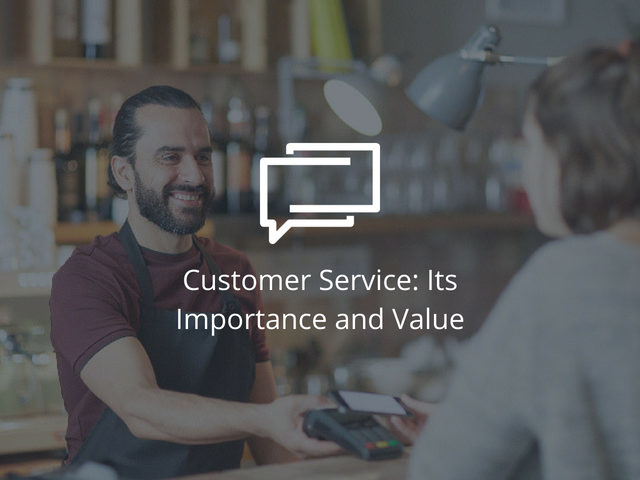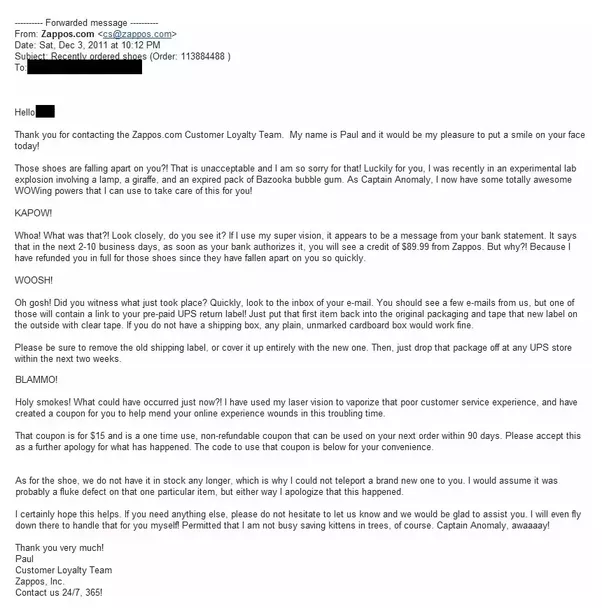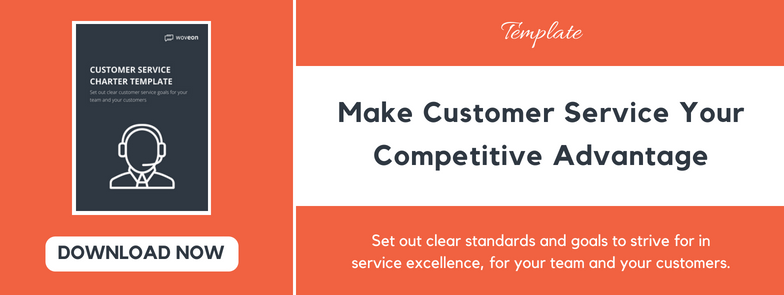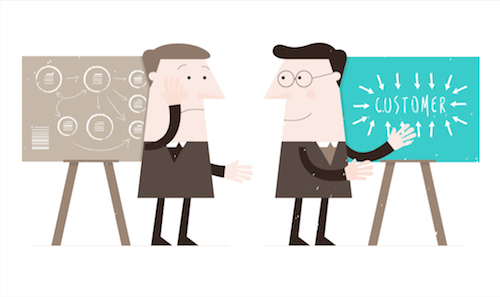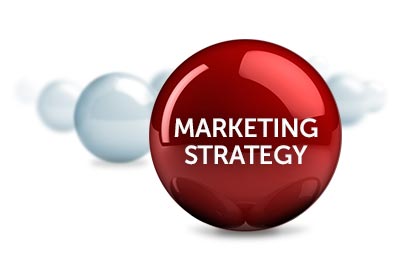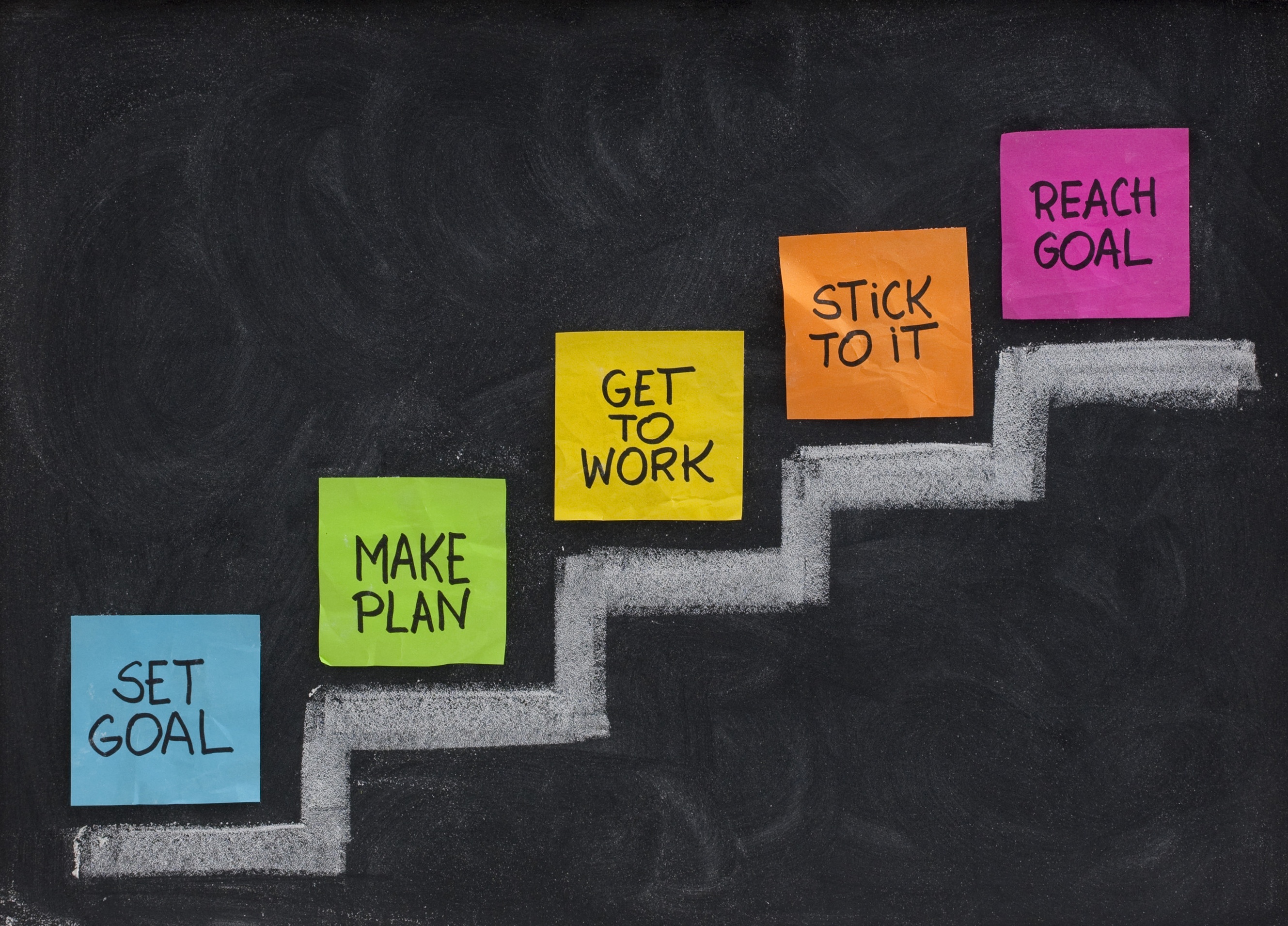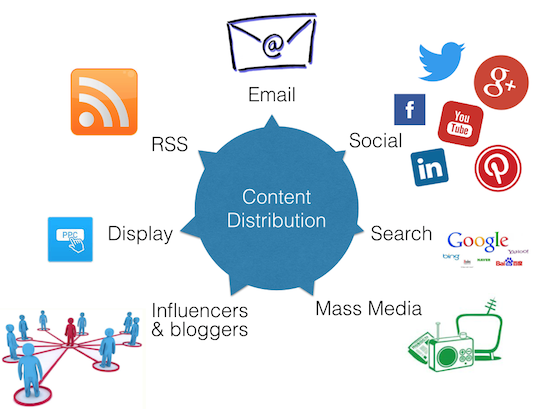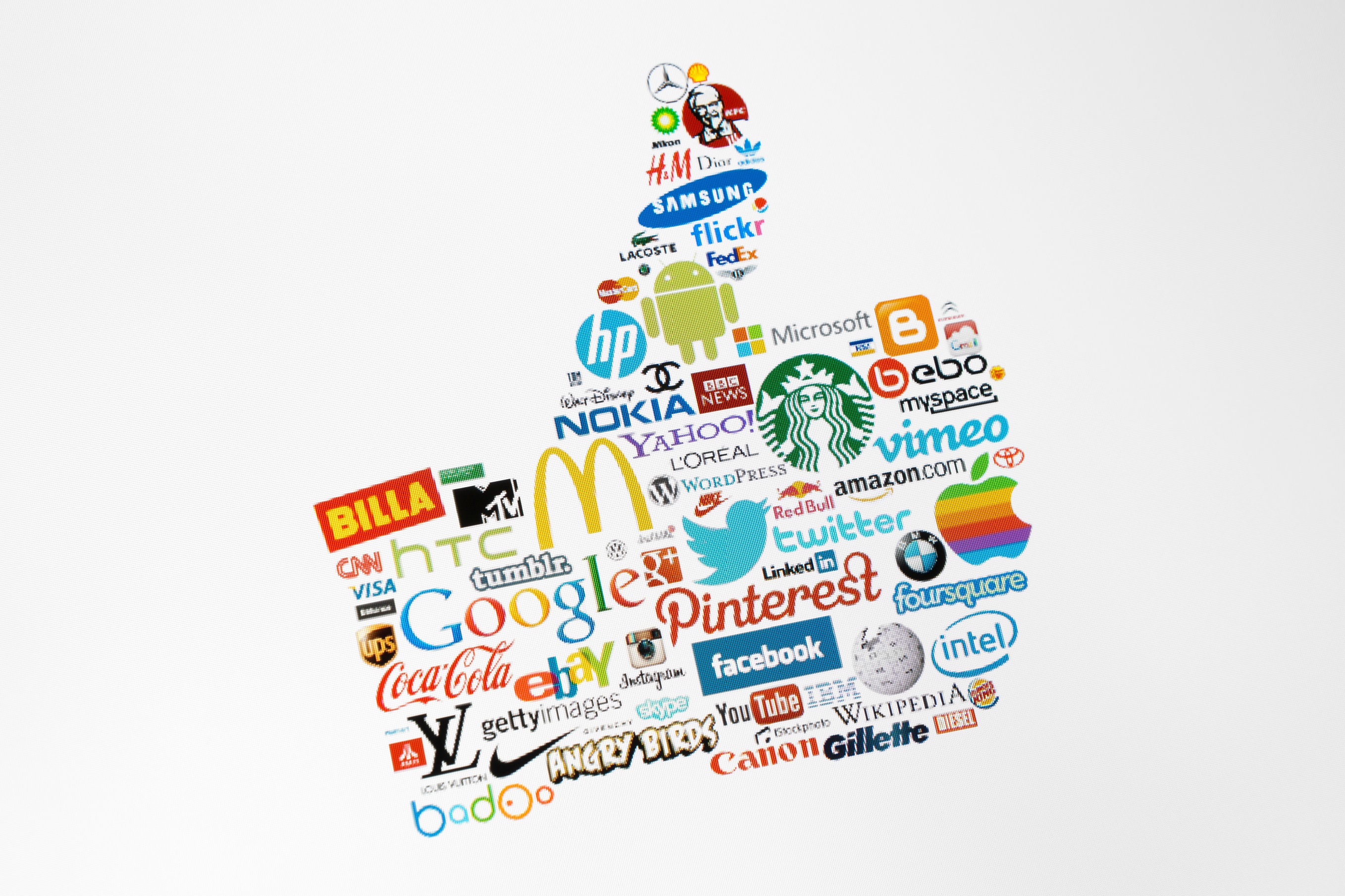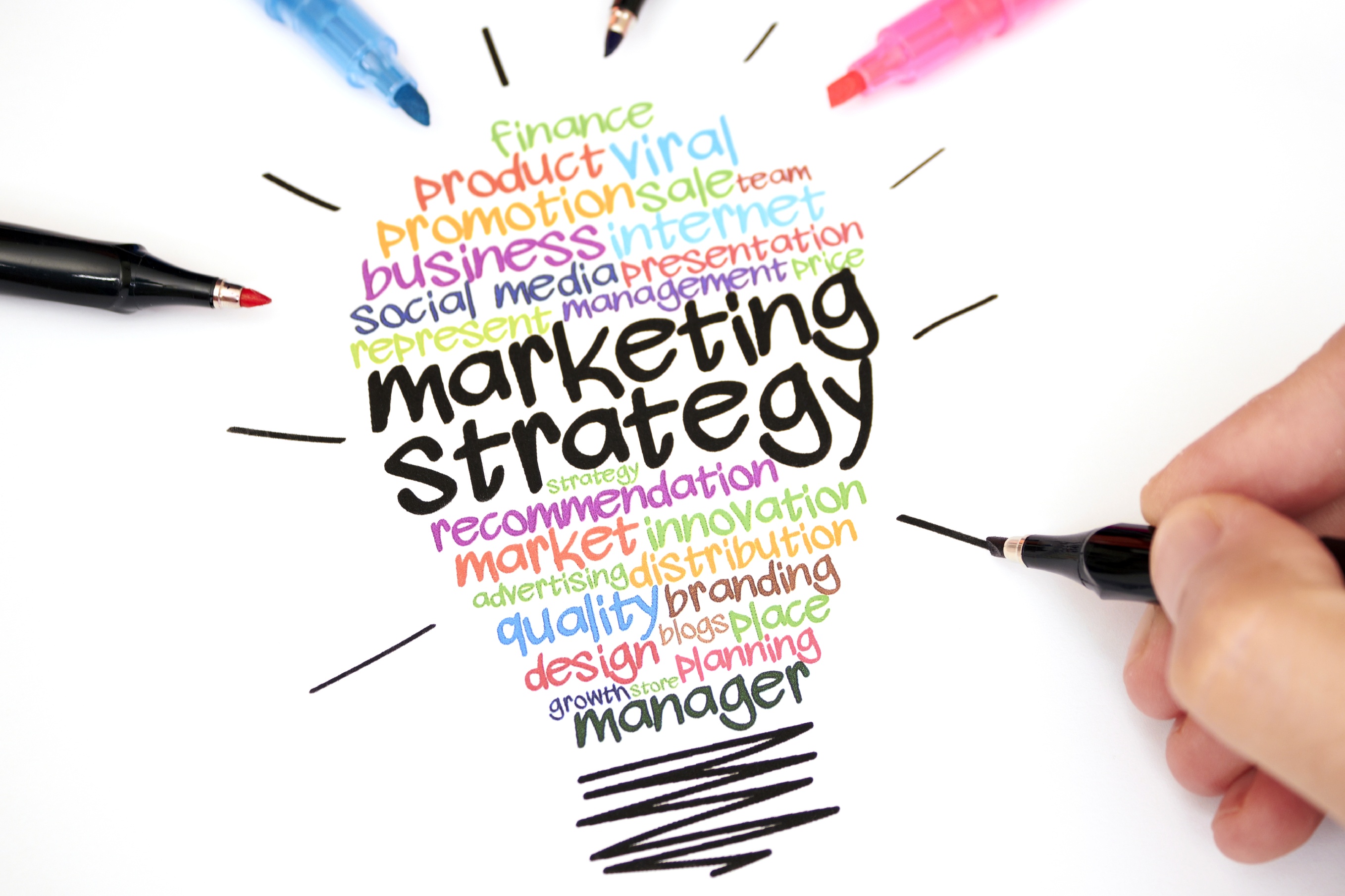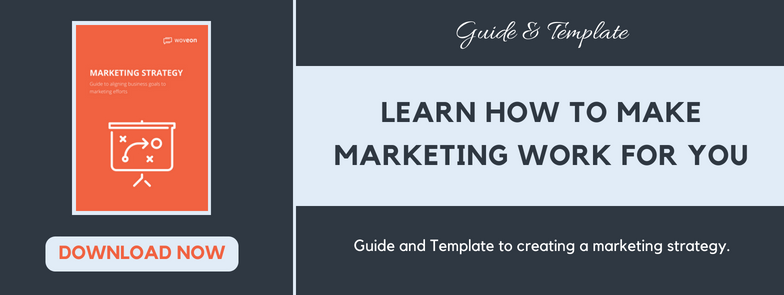Ever wanted to get into the minds of your customers and figure out how they think? Ever wanted to know the best methods to convince someone to do something?
As the study of the human mind and behavior, psychology has answers to what you’re looking for. Psychology is applicable to a wide range of fields, from daily life to counseling to human resources. But what you’re probably more concerned about is the intersection of psychology and marketing. We’ve got answers to your questions with
12 Marketing Psychology Tricks to Subtly Convince Your Leads
1. Relate to your Customer
Goldstein, Cialdini, and Griskevicius (2008) conducted a study on Using Social Norms to Motivate Environmental Conservation in Hotels. In particular, they tried to determine what kind of messaging would get hotel guests to reuse their towels.
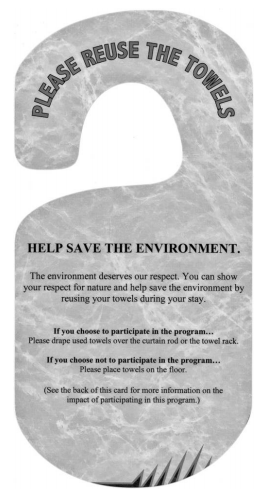
(Credit: http://assets.csom.umn.edu/assets/118359.pdf)
They tested 3 different messages, paraphrased below:
| Message |
Reuse rate |
| Commonly used message |
35% |
| 75% of guests in this hotel reuse their towels |
44% |
| 75% of guests in your room reuse their towels |
50% |
As you can see, the more the hotel related to its guests, the more effective its messaging was.
In another study by Burger, Messian, et al (2004), participants were asked whether they would help someone else with his/her essay. In one situation, they were told whether they had the same birthday as the essay writer. In another situation, they were told that they shared fingerprint similarities with the essay writer and whether their fingerprint similarities were common or very rare.
| Comments |
Compliance to essay request |
| Different birthday |
34% |
| Same birthday |
62% |
| Comments |
Compliance to essay request |
| None |
48% |
| Similar prints: common |
55% |
| Similar prints: very rare |
82% |
Again, participants were more willing to help the essay writer if he/she seemed to be more similar to them. This phenomenon where people tend to view others who are similar to them more favorably is called in-group favoritism.
All in all, the best way to motivate your customers to do something is to say that customers in their situation have done so. Try to find common ground and draw similarities among your customers as well as between your company and your customers.
See also: Foolproof Marketing Strategy Tips to Increase Revenue
2. Start Small
This is commonly known as the foot-in-the-door technique. Freedman and Fraser (1966) knocked on doors asking if residents could do something small, such as sign a petition or put a sticker on their windows. For their control group, they skipped some houses and didn’t speak to them at all.
Some time later, Freedman and Fraser went to the exact same houses with a larger request, such as putting a large sign on their lawn, which was either related to the same issue as the previous request or related to a different issue.
| Situation |
Compliance rate to large request |
| Controls |
17% |
| Different issue / type of request |
48% |
| Same issue / type of request |
76% |
They found that people whom they had already approached were much more willing to agree to their large request, nearly 3 times more willing if the request pertained to a different issue and more than 4 times more willing if the request pertained to the same issue!
Starting small and then gradually scaling up your requests is one way to convince your customers to do something. We see examples of this everywhere. First, a non-profit organization simply asks for your email address. Next, they keep you updated regarding their events and progress. Before you know it, they’re asking you to donate.
The opposite of the foot-in-the-door technique is the door-in-the-face technique, where instead of starting small, you start big. You make a large request from the get-go, maybe something ridiculous that the customer unsurprisingly turns down. Then, you make a smaller request. In this case, the customer is more likely to agree to your smaller request since it’s much less ridiculous than the large request you started off with.
3. Use Random Reward Schedules
You know those stamp cards that some restaurants and coffee shops give you that allow you to get a free drink on the 10th time you come? Actually, although those cards can be effective, they’re not the most effective way of incentivizing customers to come back. Instead of having a fixed ratio reinforcement schedule, where customers get rewarded every 10th time they come, you should have variable reinforcement, where customers get rewarded randomly.
This draws on a concept called operant conditioning in psychology, where we learn to associate our behaviors with events, for example, associating going back to a restaurant with getting a free drink. Operant conditioning commonly involves rewarding a behavior to get more of that behavior. (Like when you’re training your dog, you reward it every time it sits when you tell it to.)
Skinner showed this by rewarding a mouse with food in two different ways:
1) rewarding every 5th time it pressed a bar (fixed ratio schedule)
2) rewarding randomly (variable reinforcement).
He found that the second option was more long-lasting and required less reinforcement (less food)!
Although humans and animals are very different, we are also very similar. Imagine if a restaurant didn’t tell us when they’re going to give us a free drink. We’d probably be going back as much as we could to maximize our chances of getting that free drink! Cereal brands and Willy Wonka’s chocolate factory take advantage of variable reinforcement by putting golden tickets in some of their cereal boxes or candy bars, spurring us to want to buy more for a shot to win!
4. Frame your sales pitches in an appealing way.
Consider two different situations below. The original price of the jacket is $125; $23 for the tripod.
1) 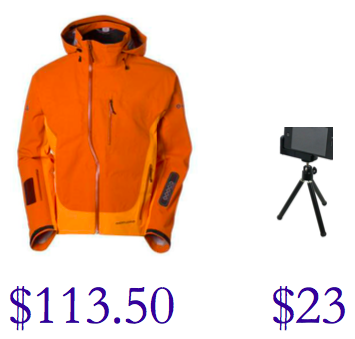
2) 
Which one would you be more willing to buy if you had to drive 20 minutes to the store?
This adapted example is based on Kahneman and Tversky’s (1984) study. They found that 68% of respondents were willing to buy the tripod whereas only 29% were willing to buy the jacket. You might’ve realized that in both cases, consumers are saving the same amount: $11.50!
The point is that consumers think about gains and losses in relative terms, not absolute terms. In other words, they think in percentages, not dollars. A discount of $11.50 for the tripod is a larger percentage than a discount of $11.50 for the jacket.
When coming up with your sales pitches and marketing messages, be sure to take this into account! Think of more appealing ways of framing your messages – even if your messages are describing the same thing!
5. Appeal to your Customers’ Senses
Sight
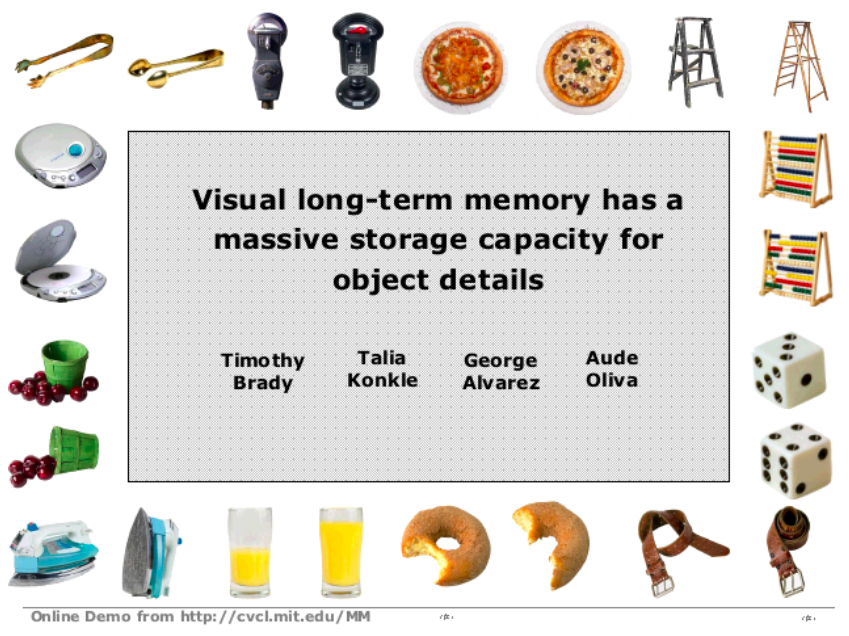
Sight comes first because it’s probably the most important and effective sense for us humans. Brady, Konkle, Alvarez, and Oliva (2008) conducted an experiment where they flashed images of objects to participants. The images below are examples of ones that they flashed.
After flashing a certain number of images, the researchers then presented 2 similar images to participants. One image was an actual image that was flashed but the other was one that looked similar to the actual image that was flashed. They then asked participants, of the two images below, which was the one that you actually saw?

They found that participants were shockingly accurate at identifying the images that were actually flashed and were not fooled by images that were incredibly similar. In other words, they remembered the visual details of the images that were flashed and could distinguish subtle differences between the images that were flashed and the images that looked similar but were not actually flashed. In fact, for 2,500 images that were flashed, the accuracy was around a whopping 90%!
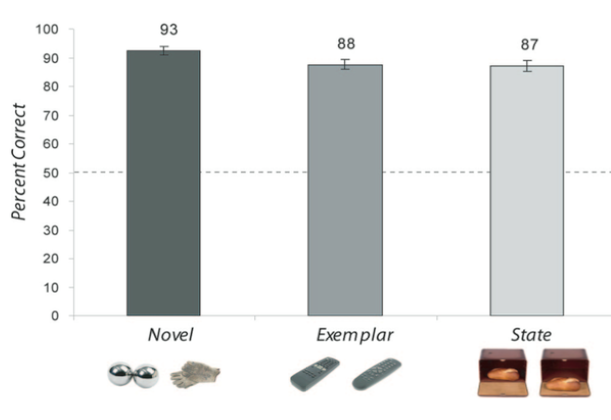
Participants’ responses were also very accurate when considering the number of items that appeared between the actual item and its match.
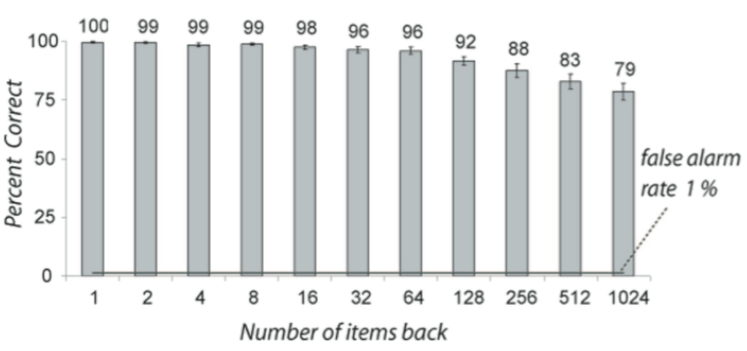
What does this mean for your marketing? USE VISUALS! A lot of them! Make all of your marketing material (ads, brochures, flyers, websites, emails, blog posts, social media, etc.) visually appealing and colorful. Don’t just overwhelm your audience with tons of text! Include images, videos, and other multimedia to spice things up whenever possible.
Smell
Ever walk into a busy shopping mall and immediately recognize the strong, signature cologne of Abercrombie & Fitch? That’s a successful marketing technique right there! We can smell an A&F from miles away before seeing it, and we then simply follow our nose the rest of the way.
This marketing technique is so effective that it creates a learned association between a specific smell and a brand. In psychology, odors have been found to be highly effective retrieval cues that evoke our memories. Just imagine walking back into your house and being hit by the aroma of baked cookies in the air, reminding you of your grandma…
Why is smell such an effective sense to appeal to? One hypothesis is related to anatomy: Signals from smell go from the olfactory bulb directly to the hippocampus and to the amygdala whereas signals from other senses take less direct routes. Another hypothesis is related to evolution: We as humans needed our sense of smell back in the day to hunt for food and survive. The last hypothesis is related to dilution: Try to imagine a smell. It’s harder than imagining a picture or sound, right? Because smells are harder to rehearse, researchers propose that this makes them stay stuck in the context in which you sensed them.
Hearing
1-877-KARS-4-KIDS
K-A-R-S Kars4Kids
1-877-KARS-4-KIDS
Donate your car today.
877-241-LUNA
I bet you sang those jingles in your head just now. The crazy thing is, the Luna jingle is at least 10 years old. How can we still remember it now?
All thanks to great marketing!
On top of that, the famous experiment with Pavlov’s dogs highlighted the phenomenon of classical conditioning. Pavlov rang a bell, served his dog with meat, measured the amount of salivation, and repeated this. After several trials, he found that even if he rang a bell and didn’t serve his dog with meat, his dog would still salivate. His dog had created a learned association betweeen the bell ringing and being served meat.
We, as humans, can be classically conditioned too. If you, as a marketer, can create a jingle that gets stuck in everyone’s heads for very long and creates a learned association between the jingle and your brand, then you’re golden. Think about the McDonald’s jingle!
6. Capture your Audience’s Attention
Time for a quiz! Which image below is the correct one for the penny?

Why is this quiz harder than expected? If you’re an American, you see tons of pennies regularly. Did our elementary school education go to waste?
Not to worry! 1) As you can see below, there are many people on the same boat.

2) This psychology study shows that it’s not the number of pennies we see that matters, but the amount of attention we devote.
In another study, Castel, Vendetti, and Holyoak (2012) surveyed employees in a building. Although the average time that the employees had worked in the building was 4.5 years, only 1 in 4 people knew where the nearest fire extinguisher was. Not devoting attention to these sorts of things could be very dangerous!
What does this mean for your marketing? Make sure to capture and direct your audience’s attention. If you’re writing a blog and want your audience to pay attention to an important call to action, image, video, or link, be sure to call your audience’s attention to that, maybe by mentioning it explicitly in your writing or by making it stand out on the screen.
Also, don’t clutter your webpages! I think we’ve all been victim to webpages with lots of ads and content, which can be incredibly overwhelming and make it difficult to find what exactly to focus on. In these scenarios, if I’m reading an article, for example, I find myself scrolling past and ignoring anything other than the text. But sometimes, I find out that there was an image or table I missed that was actually relevant to the article. You don’t want this to happen with the amazing content you’ve created! Especially in this age with information overload which has resulted in short attention spans, strive to engage your audience and capture their undivided attention. Appealing to the senses works here as well!
7. Use Eye Contact
Have you ever “borrowed” something from work or school without asking? Bateson, Nettle, and Roberts (2006) investigated how to prevent this from happening. They set up an “honesty box” in a coffee room at a university for people to pay for their coffee and put up either a control image (for example, a picture of flowers) or a photo of eyes.

It turned out that when eyes were displayed, coffee enthusiasts paid THREE TIMES as much! This shows the importance of the creepy feeling of being watched and how we care so much about our reputations.
How should you use eye contact in marketing without creeping out your customers? Uncle Sam can be seen putting this into practice.
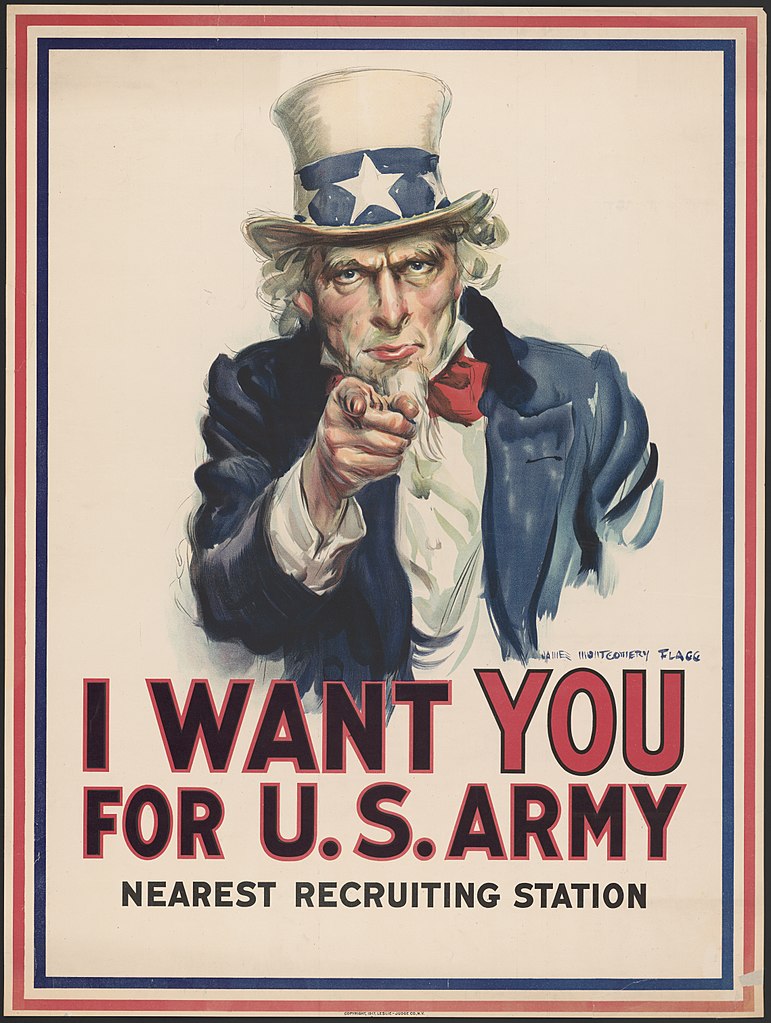
If you’re pitching to a customer or investor, be sure to make eye contact with them. Try to incorporate eye contact into your ads and marketing material. Ever wonder why the Trix bunny and the Cap’n Crunch captain are looking down? To make eye contact with the kids who want the cereal!

8. Use the Power of 7
What’s so powerful about the number 7? Well, it’s the number of chunks of information that you can hold in your short-term memory.
What’s a chunk of information? Consider the phone number 877-241-LUNA from above. Luna was clever to chunk the last 4 digits of their phone number. So instead of remembering the last 4 digits as 4 separate chunks of information, you only need to remember LUNA as 1 chunk of information. Kars4Kids does an even better job of chunking their phone number into an easy-to-remember, catchy phrase.
This technique doesn’t just apply to phone numbers; it can apply to product specifications, websites, prices, and more! Chabris (1999) further showed that chess players use chunking to remember the setup of the board. They were better at remembering a setup that could occur during a game (taking the rules of chess into account) compared to a random setup (not taking the rules of chess into account).
How else can you chunk and make things easier to remember? Think back to how you remembered the orders of operation in math or the taxonomies in biology. Please Excuse My Dear Aunt Sally? (Parentheses, Exponents, Multiplication, Division, Addition, Subtraction) Did King Phillip Come Over For Good Spaghetti? (Domain, Kingdom, Phylum, Class, Order, Family, Genus, Species)
Using acronyms or mnemonics and creating structure and constraints that limit the options are effective ways to help people remember things. Remembering an acronym is essentially chunking all those pieces of information into a single chunk!
In marketing, you’re going to have to be as memorable as you can to your customers. Make sure you don’t overwhelm them with too much information that they won’t remember. Keep the power of 7 in mind.
9. Throw your Customers an Anchor
“What?” you’re probably thinking. Let me explain what I mean by this. In psychology, there is a cognitive bias called “anchoring.”
Consider this question: Is the proportion of African nations that are in the UN greater than 15%? What is the actual proportion?
- 0-10
- 10-20
- 20-30
- 30-40
- 40-50
- 50-60
- 60-70
- 70-80
- 80-90
- 90-100
My psychology professor, Professor Daniel Swingley, asked his class this question and aggregated the results into the bar chart below.
Notice anything unusual about this chart? Nearly all the responses are clustered around 15%, with the range “10-20” having the highest percentage.
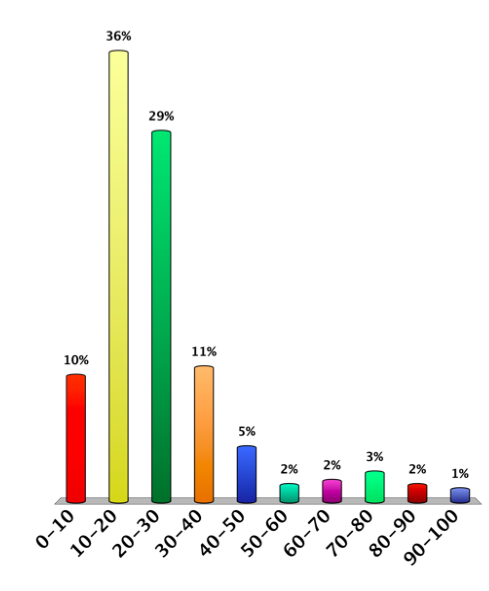
This quick example question was modeled off of a study conducted by Englich, Mussweiler, and Strack (2006) called Playing dice with criminal sentences: the influence of irrelevant anchors on experts’ judicial decision making. German judges and lawyers rolled two dice and decided whether the sentence for a shoplifter would be higher or lower than the sum of the numbers on the two dice. Below are the results.
| Condition |
Average sentence |
| Only {1, 2} come up on dice (sum = 3) |
5 months |
| Only {3, 6} come up on dice (sum = 9) |
8 months |
These results are shocking because the decisions made by the German judges and lawyers were influenced by something as arbitrary as a dice roll. The higher the dice roll, the higher the average sentence decided on by the judges and lawyers.
Why does this happen? Well, when there’s a lot of uncertainty or not enough time to make a decision, we tend to succumb to unusual and shocking influences. Anchoring adjustment occurs when we start with a random number and adjust it a little based on what we know. Think about the question about the UN above. Unless you have a lot of experience with the UN and/or know a lot about it, you probably wouldn’t have any idea about the proportion of African countries in the UN. You scramble for a reference point or anchor to go off of, and if this is provided in the question, you immediately seize it and base/pivot your thinking off of that.
In psychology, this phenomenon, “activating particular representations or associations in memory just before carrying out an action or task,” is called priming, which is one way to explain anchoring. The effort of adjustment also explains the small adjustments around the anchor.
But how is this related to marketing? As shocking as this is in terms of the ethics of deciding on a criminal sentence, you can still use this in an ethical way to maximize your revenues. Let’s pretend that you’re on the phone with a potential customer. Let’s also say that this customer might not be very knowledgeable of a suitable price range for your product. Maybe he/she doesn’t know much about the pricing of competing products or the prospective value of your product. With an email, your customer would have time to do some research and think through the pricing more, but when he/she is on the phone in the hot seat, time is constrained, and he/she needs to think and respond quickly on the spot.
This would be an ideal situation for you to use anchoring. What’s the best thing for you to do here? Maybe start off by suggesting a relatively high price (but not absurdly high) that sets an anchor for your customer to base off of. With little prior knowledge, he/she would use this as his/her single data point. Further thinking and discussion will likely be clustered around this reference point.
This overlaps with the door-in-the-face technique mentioned above, where you start high and then potentially negotiate a bit lower later on.
A word of caution: Be very careful in gauging whether or not your customer is knowledgeable about the field. You don’t want to risk angering a knowledgeable customer by assuming he/she wasn’t knowledgeable and offering a price that he/she knows is too high compared to competing products. Some knowledgeable customers might take it well, but others might not. Ultimately, starting with a relatively high price is merely a suggestion. Anchoring is backed up with empirical evidence, and you can feel free to keep it in mind and use your judgment to decide how best to adapt and apply it to your specific situations.
10.Put your Audience to Work
Again, you’re probably like, “What? Why would I do that to my audience when the tendency for all of us humans is to be lazy?”
But if you want someone to remember something longer, Craik and Tulving (1975) showed that you need to get them to work and put in more effort. In other words, the depth of processing is key.
Craik and Tulving showed subjects a list of words and asked them to do a task for each word. Then, they asked subjects to recall as many words as they could. The results are shown below.
| Task |
Recall rate |
| Press button (a) if word is in caps, (b) if not |
15% |
| Press button (a) if word rhymes with “train”, (b) if not |
47% |
| Press button (a) if word makes sense in “He saw a _____ in the street.” |
81% |
As you can see, the more work the subjects had to put into their thinking (the greater their depth of processing), the more words they remembered.
So how can you put your audience to work, but not in a dreadful way? Think about the content in your Facebook or Twitter feed that piques your interest the most. Is it the ads that are mixed into the photos of puppies on your feed? Or is it the BuzzFeed quizzes such as “Which Disney Princess Are You?“
Probably the latter! That said, think about how to incorporate similar quizzes and activities into your marketing campaigns. If you work for a laptop company, maybe you could create a quiz, “Which Laptop Are You?” In fact, if you’re at any company that sells a range of products, you can create a quiz that determines “Which _____ Are You?” to help customers with their buying decisions.
Another way to apply this psychology study is to ask your audience rhetorical questions. Why are rhetorical questions so effective in ads, presentations, and more? Because they get your audience actively thinking rather than passively observing. It increases the depth of processing.
Dale’s Cone of Experience summarizes this idea nicely in a visual.
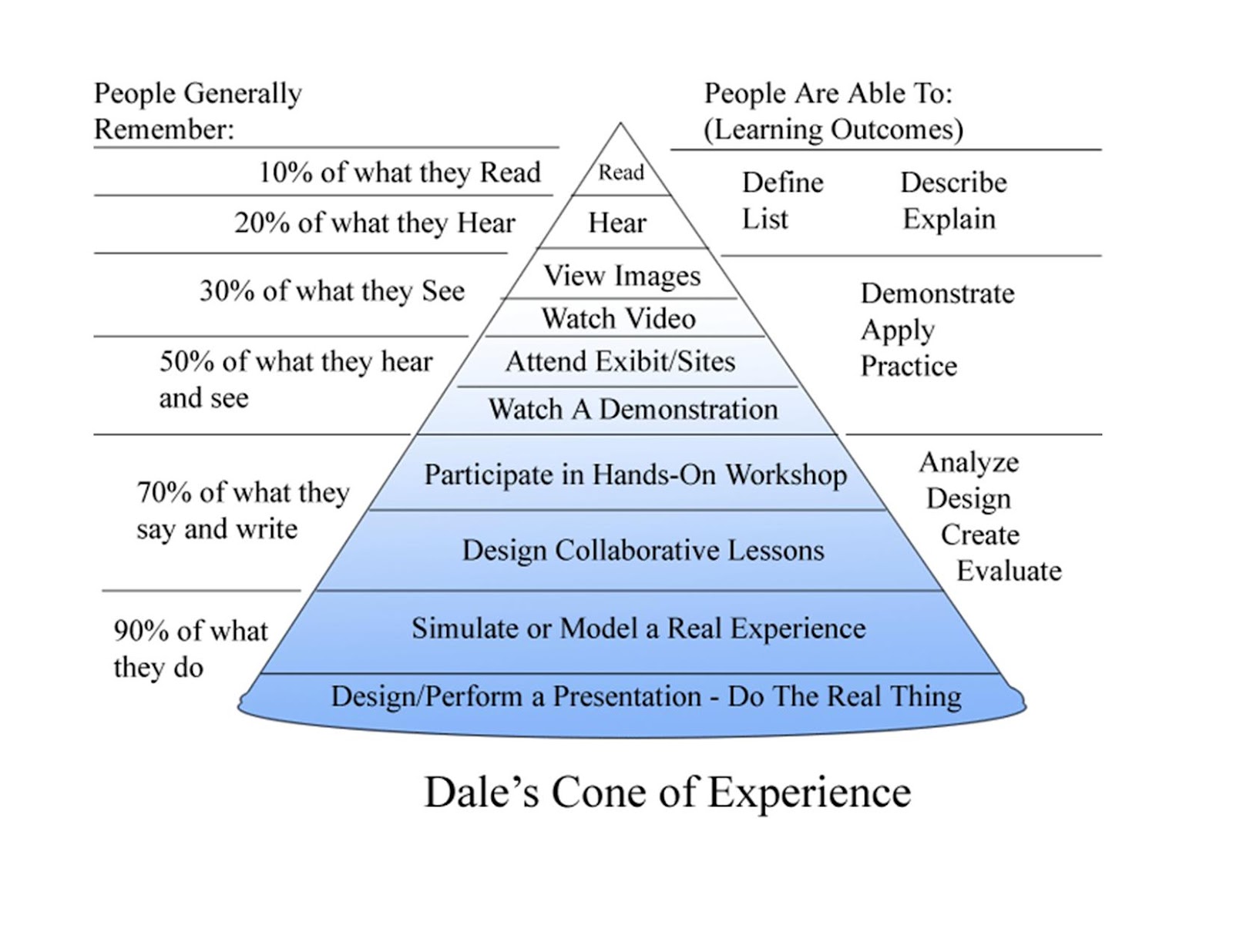
The moral of the story is that making something more engaging and hands-on is more effective in getting someone to remember it. Remember: There’s always a way to make something more interactive. Strive to effectively engage your audience.
11. Invite your Friends
Consider the two networks of friends below.
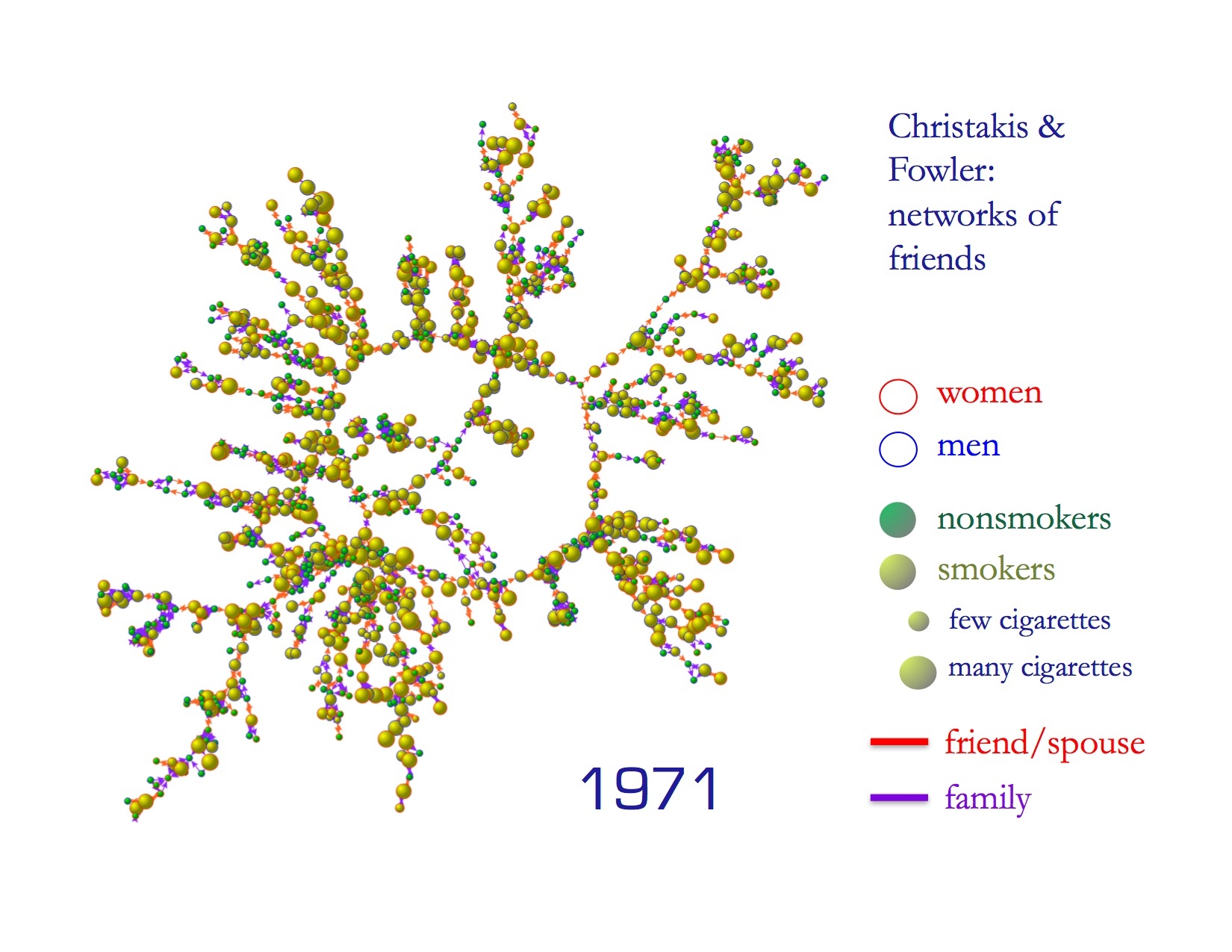
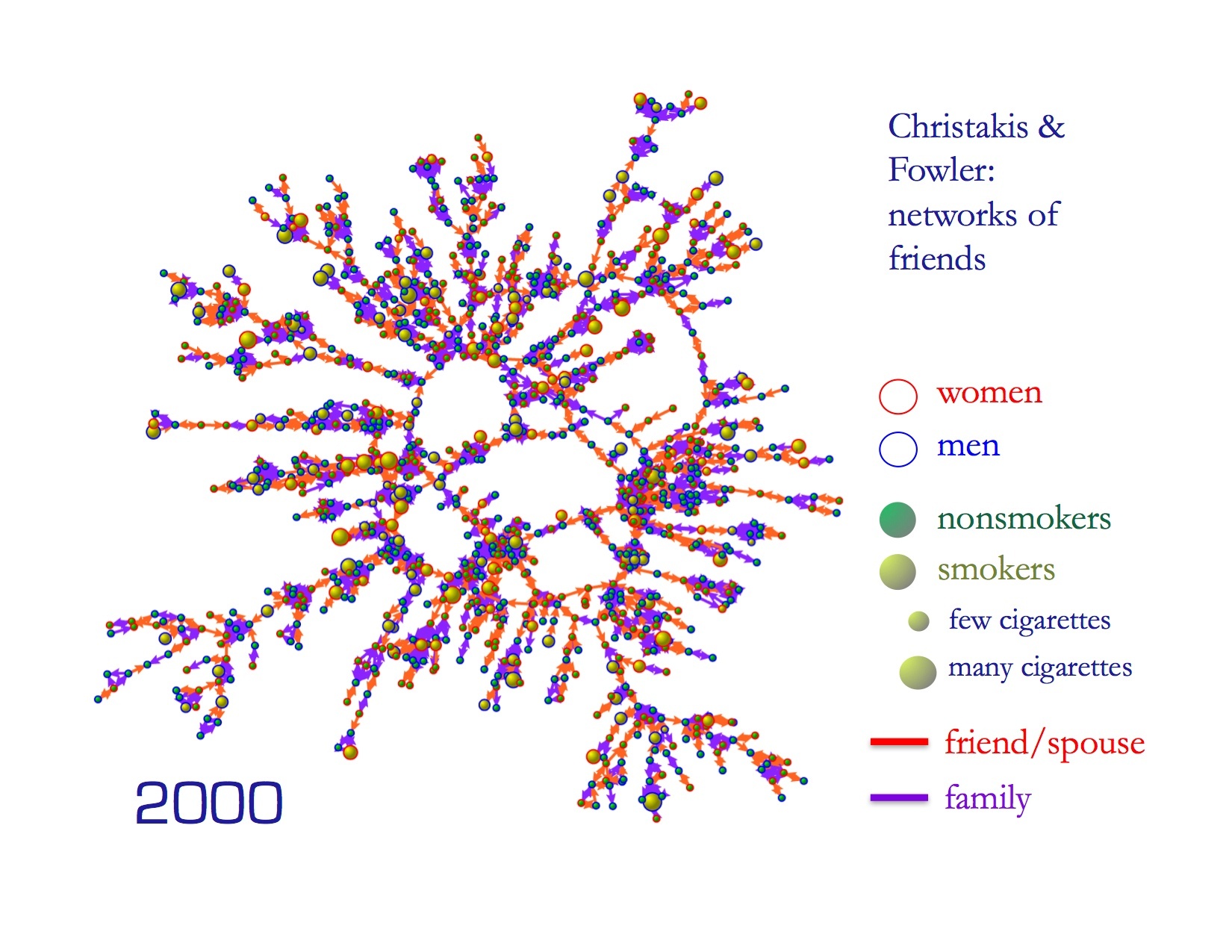
Notice anything for the smoking groups?
Christakis and Fowler (2008) found that smokers tend to be friends with smokers and nonsmokers tend to be friends with nonsmokers. Smoking dropped by around 50% from 1971 to 2000, but these social groups didn’t change in size. Groups of smokers shrank in number, not size.
What does this mean? This means that smokers quit smoking in social groups. Christakis and Fowler also found that smokers moved more toward the social peripheral and became less likely to be a “hub” of a social group. For mutual friends, one friend quitting makes the other 43% likely to quit as well.
In terms of marketing, why do you think so many marketing campaigns are founded on “Invite your friends”? The truth is that your friends have a lot of influence on you. Think about all those times you tried something new just because your friends did it and encouraged you to do it too!
Harness the power of social groups in your marketing, and you can drive the next trend.
12. Ask your Customers to Pay in Advance
Think back to your favorite band 5 years ago. What is the maximum amount you’d pay to see them now?
Now think about your current favorite band. What is the maximum amount you’d pay to see them in 5 years?
What you’re realizing now is that you probably answered a higher amount for the second question than the first, even though it doesn’t really make sense rationally. Well, you’re in the same boat as the subjects in a study conducted by Quoidbach, Gilbert, and Wilson (2013)
| mean for first question |
$80 |
| mean for second question |
$129 |
They concluded that “participants substantially overpaid for a future opportunity to indulge a current preference.”
You could potentially take advantage of this by asking your customers to pay in advance for what they want, before they have time to change their preferences!
Now, time to put theory to practice and apply psychology to YOUR marketing!





